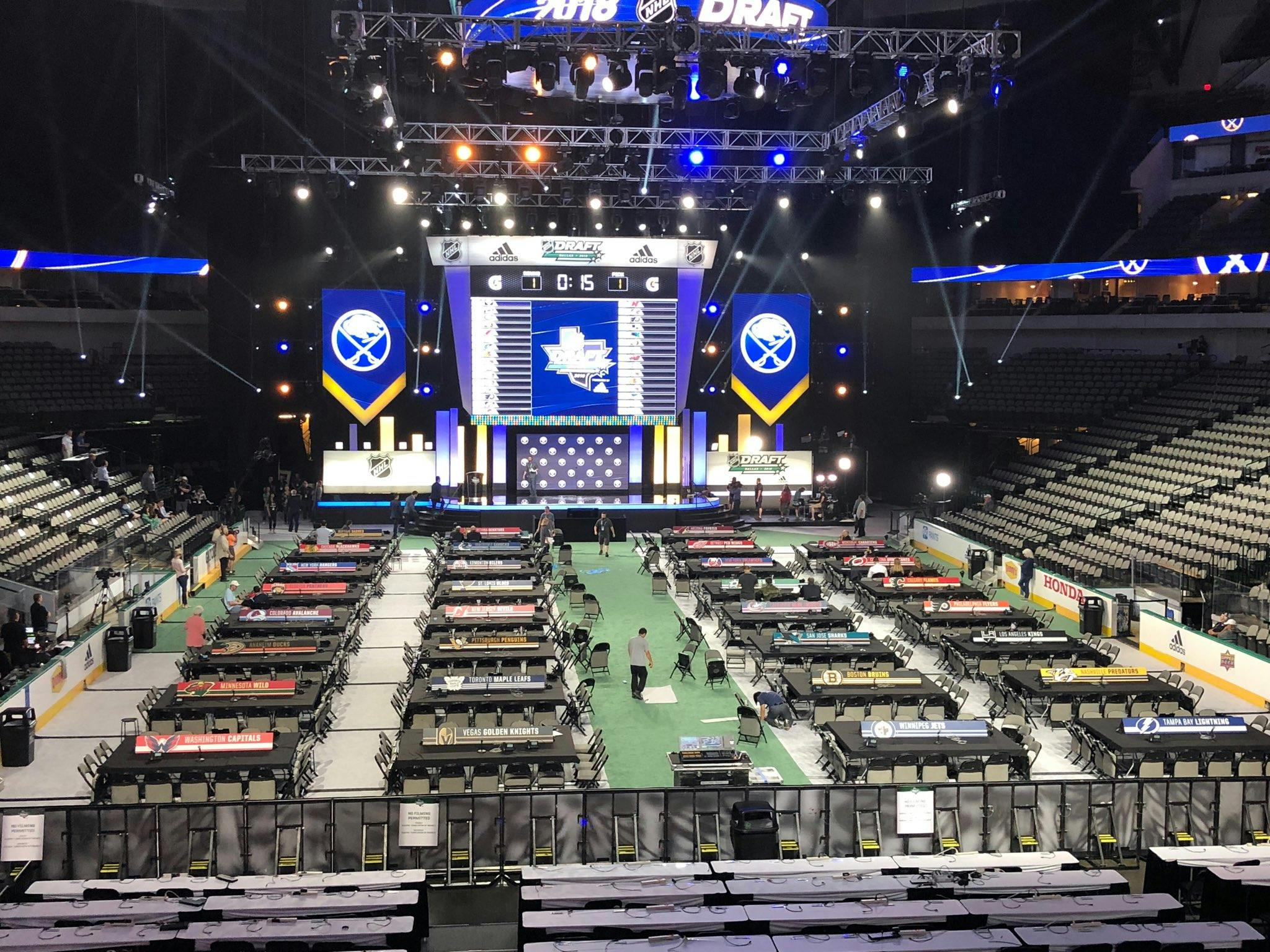Ian Tulloch’s 2018 NHL Draft Rankings
Photo credit: Elliotte Friedman
By Ian Tulloch
Jun 22, 2018, 11:39 EDT
Breaking News
- NHL betting preview (May 7): Panthers vs. Maple Leafs Game 2 predictions
- Matthews won his minutes easily vs. Barkov in Game 1: Who will win the captain’s matchup in Game 2?
- Ray Ferraro thinks the Leafs need to park the Bennett thing, just focus on the task at hand: Leafs Morning Take
- Craig Berube states Anthony Stolarz is ‘recovering’ with no timeline for return
- Leafs practice notes: Woll will start Game 2 vs. Panthers, Matt Murray attends morning skate
